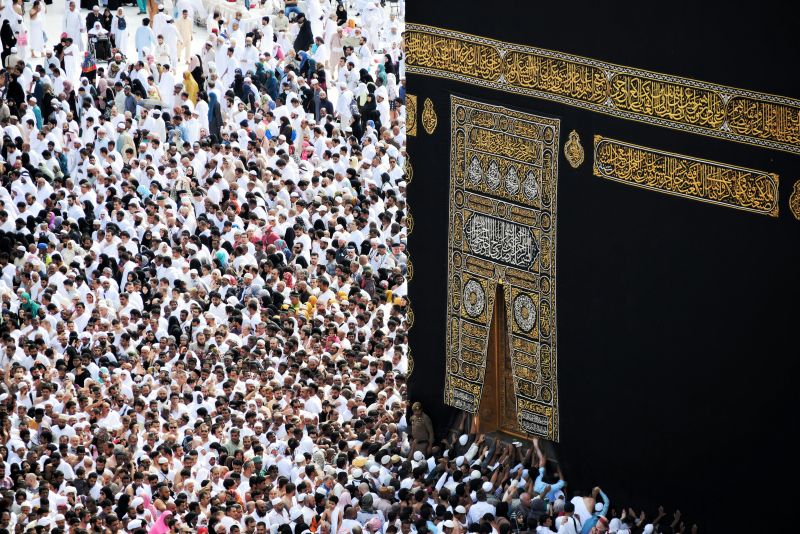Explore the fascinating history of how and why Islam spread from North to West Africa. Discover the cultural, trade, and political influences that shaped this significant religious expansion.

The Historical Journey of Islam in Africa: From North to West
Islam, a monotheistic faith founded in the 7th century CE, began in the Arabian Peninsula, in what is now Saudi Arabia. Islam spread from North to West Africa was first facilitated from the Islamic rule in North Africa established through the Umayyad Caliphate's military conquest during the latter half the 7th century CE.
From North Africa, Islam spread to West Africa via trade routes, with Islamized Berbers playing a significant role in this expansion during the 8th century CE. The spread of Islam was influenced by trade, religious appeal, educational advancements, political strategies, and military conquests.
Trade, especially along the trans-Saharan routes, was a major factor, as was the establishment of educational institutions and the integration of Islamic law into governance.
History of How and Why Islam Spread From North to West Africa
Alt text: The Sahaba Shrine in Massawa, Eritrea. It is located in the port area on Massawa Island and it is told to be the first mosque in Africa. Photo Credit: https://commons.wikimedia.org/wiki/File:Sahaba_Shrine,_Massawa,_Eritrea.jpg
Islam's spread from North to West Africa began in the 7th century CE, following the conquest of North Africa by Muslim Arabs.
Early Conquests and Expansion
During the second half of the 7th century CE, the Umayyad Caliphate played a central role in spreading Islam by military force across North Africa. Islamized Berbers, who were either coerced or enticed to convert probably by the teachings which was inline with their inherent desires, also played a crucial role in Islam expansion in Africa.
Trade and Cultural Exchange
Trade between West Africa and the Mediterranean predated Islam, but North African Muslims intensified the Trans-Saharan trade, fostering a conducive environment for the spread of Islam.
Major trade routes, such as Sijilmasa to Awdaghust and Ghadames to Gao, connected Africa below the Sahara with the Mediterranean Middle East, facilitating the flow of ideas and religion.
Scholarship and Missionary Work
Scholars and missionaries played a crucial role in spreading Islam through peaceful means, often with the tolerance or conversion of African local rulers themselves. The establishment of madrasas and other Islamic educational institutions furthered the dissemination of Islamic beliefs and practices.
Syncretism and Adaptation
Islam did not maintain its purity of origin and often coexisted alongside traditional African practices and rituals. The religion's spread was characterized by a selective appropriation of Islamic practices, leading to a unique blend of Islam with local traditions.
Resistance and Reformation
Despite the largely peaceful spread, there were instances of violent resistance by supporters of traditional African beliefs. Over time, African Muslims pressed for reforms to rid their societies of mixed practices and implement Shariah, leading to the establishment of Islamic states and empires.
Stages of Islamic Influence
The history of Islam in West Africa can be explained in three stages: containment, where African kings limited Muslim influence; mixing, where rulers blended Islam with local traditions; and reform, where African Muslims sought to purify their practice of Islam and implement Shariah.
Conclusion
The spread of Islam from the North to West Africa was characterized by a selective appropriation of Islamic practices, leading to a unique blend of Islam with local traditions. It did not maintain its purity of origin from the start, and often coexisted alongside traditional African practices and rituals.
Through trade, scholarship, conquest, and cultural exchange, Islam found a new home in West Africa, where it intertwined with local customs and traditions. The religion's influence reshaped societies, fostering intellectual growth, economic prosperity, and social reform. It gave rise to powerful empires, centers of learning, and a rich artistic heritage that continues to thrive.

